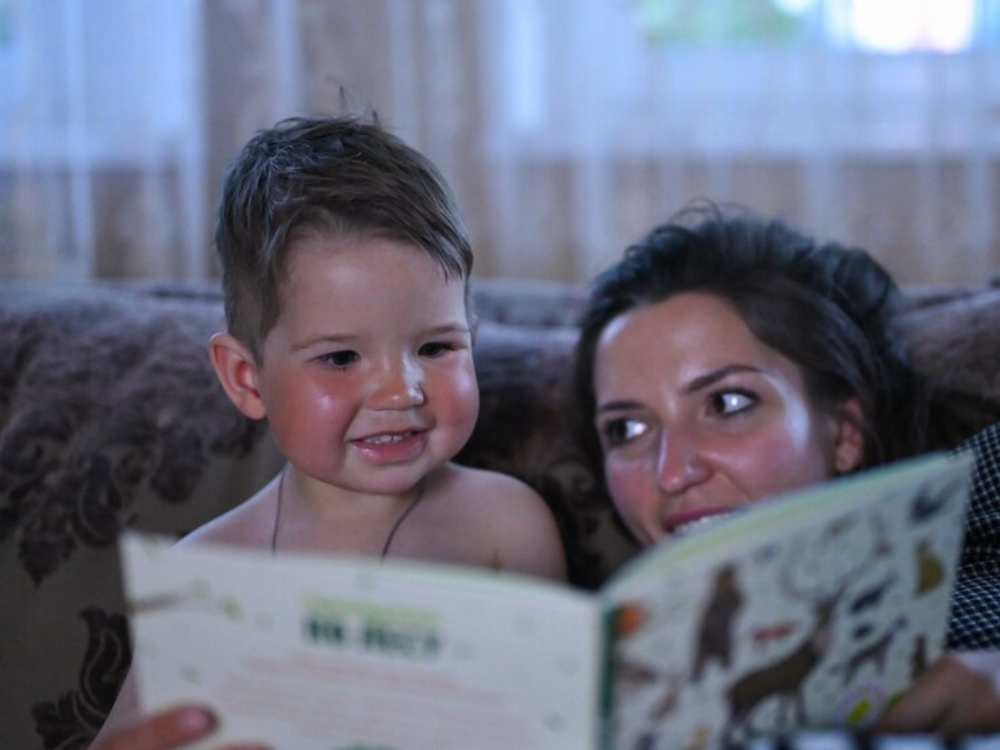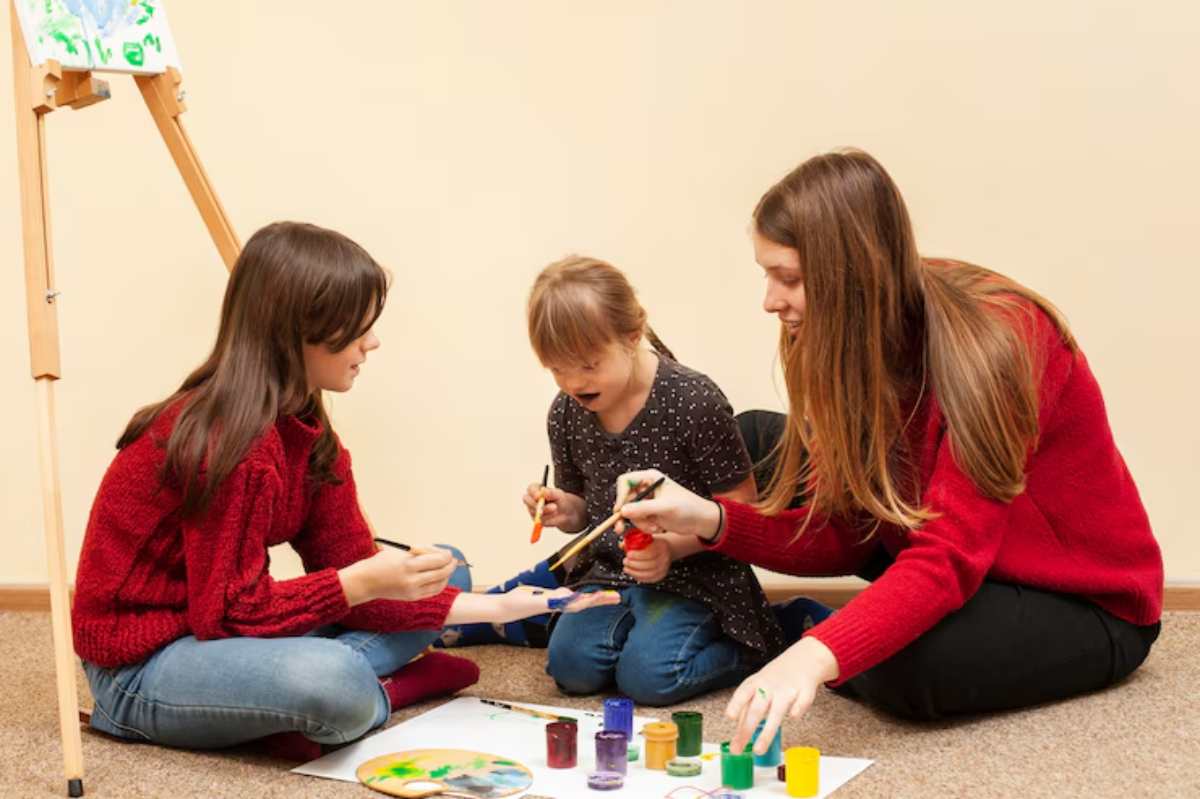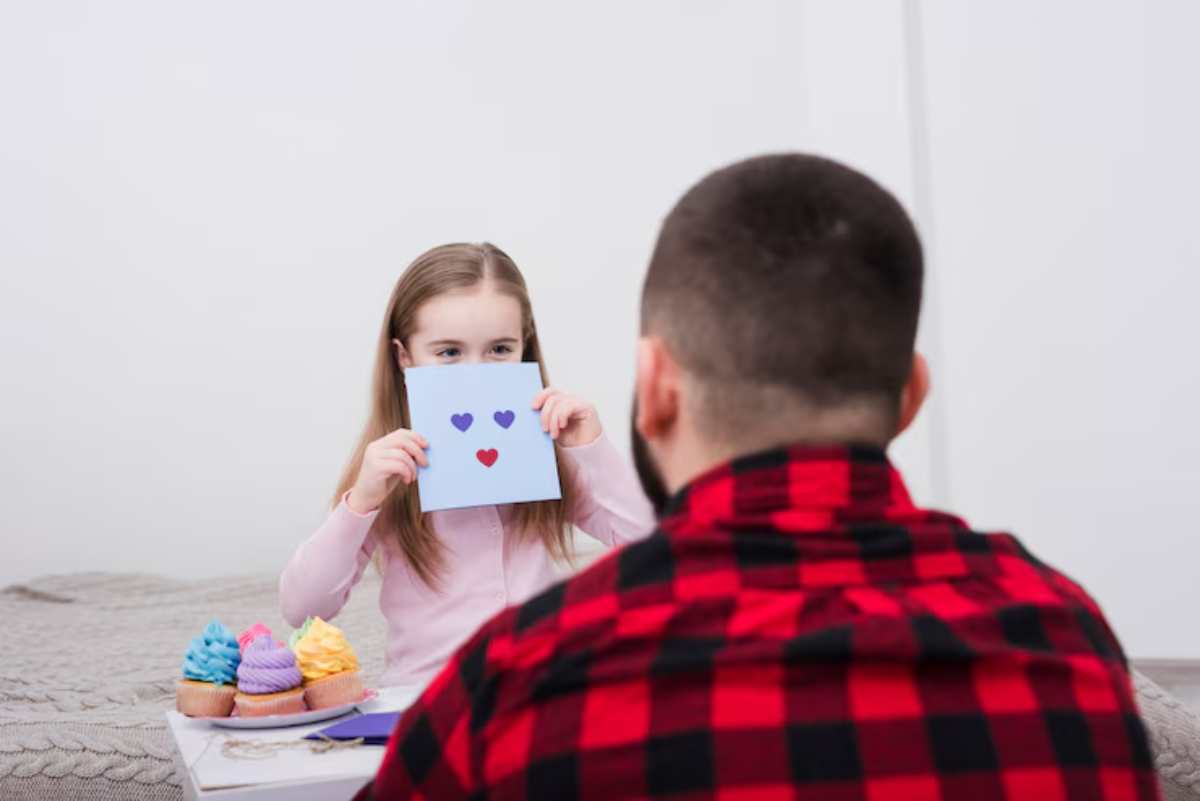
Books That Build Emotional Awareness in Children
Children feel a spectrum of emotions from a young age, but they don’t always have the words — or the self-assurance — to communicate them. Emotional awareness is the cornerstone of emotional intelligence. It helps kids relate to their feelings, develop empathy, and cultivate strong interpersonal skills.
One of the very best and most age-appropriate tools for teaching emotional awareness is through books. Stories provide kids a safe space to have big feelings. They help children notice the feelings of others and create the words they need to express themselves. In this blog, we’ll look at why books help build emotional literacy. We’ll also highlight some key titles to check out. Plus, we’ll share expert tips to make the most of your reading time together.
Why It Matters
Emotional Literacy Is a Core Life Skill
Emotional literacy doesn’t just mean knowing feelings such as “happy” or “sad.” It means understanding complex feelings, knowing what causes them, and finding healthy ways to respond. When children can identify what they’re feeling, they’re less likely to misbehave and more likely to seek help.
Books give kids characters they can relate to. They present situations that make them think. Plus, they provide words that help kids express their own experiences. This helps kids express their emotions healthily. It also builds empathy, teaching them to understand others’ feelings.
Early Exposure Shapes Long-Term Development
Reading books early helps kids build emotional awareness. This boosts their mental health, resilience, and social skills. It helps kids avoid emotional shutdown. It also teaches them that all feelings, even the tough ones, are valid and can be managed.
Key Benefits
1. Develops Emotional Vocabulary
Stories that show a variety of feelings help children build their emotional vocabulary. Instead of defaulting to “mad” or “sad,” they learn words like “disappointed,” “frustrated,” “jealous,” or “overwhelmed.” This precision makes communication clearer and more effective.
2. Normalises Complex Emotions
Books normalise that it’s okay to feel anxious, embarrassed, or upset. Watching characters deal with their feelings helps kids understand that emotions are temporary and can be fixed.
3. Encourages Empathy
Reading about characters with different views helps kids see that others have feelings, too. This nurtures compassion and improves their ability to connect with peers.
4. Strengthens Parent-Child Connection

Shared reading time offers a chance for connection, reflection, and discussion. It opens the door for conversations about feelings in a way that’s engaging and non-threatening.
Additional Expert Tips & Common Mistakes to Avoid
Tips for Using Books to Teach Emotional Awareness
Choose Age-Appropriate Stories
Select books that match your child’s developmental level. Picture books with simple language work well for younger children, while older kids may benefit from chapter books that explore emotions in more nuanced ways.
Ask Open-Ended Questions
After reading, prompt your child to think and feel.
- “How do you think that character felt when that happened?”
- “Have you ever felt like that?”
- “What could they have done differently?”
These questions encourage reflection and dialogue.
Use Books During Calm Moments
Reading about emotions is most effective when children are calm and receptive—not in the middle of a meltdown. Introducing books during downtime helps kids get familiar with them. This way, they can remember what they learned even when emotions are high.
Reread Favourite Titles
Repetition reinforces emotional concepts. Kids often find new meanings each time they read. This helps them understand emotional situations better.
Common Mistakes to Avoid
Avoid Over-Explaining
Let the story do the talking. Children don’t need lengthy lectures on emotions. Keep the focus on exploring feelings through the characters’ experiences, rather than turning it into a lesson.
Don’t Dismiss the Child’s Interpretation
Your child might interpret a story differently than you do—and that’s okay. Let them share their thoughts without correcting or redirecting too quickly. The goal is to encourage their self-expression.
Skipping Over Difficult Emotions
It’s easy to choose happy or light stories. But tales with frustration, jealousy, or grief matter too. These emotions are part of life, and reading about them helps children prepare to cope when they arise.
Advanced Insights and Expert Recommendations
Notable Books That Support Emotional Literacy
Here are some top titles recommended by child psychologists, educators, and parents:
1. The Colour Monster by Anna Llenas
A visually engaging book that personifies feelings as different colours. It’s ideal for preschool and early elementary-aged children.
2. When Sophie Gets Angry—Really, Really Angry by Molly Bang
A powerful look at how a child experiences and manages anger. It models healthy coping strategies like walking, breathing, and calming down.
3. Today I Feel Silly by Jamie Lee Curtis
A playful yet insightful book that normalises a wide range of emotions through rhyme and relatable situations.
4. In My Heart: A Book of Feelings by Jo Witek
Combining poetic language with vibrant illustrations to describe various emotions and how they feel inside. Great for helping kids connect physical sensations to feelings.
5. Ruby Finds a Worry by Tom Percival
A gentle introduction to anxiety and how sharing worries can make them smaller. Encourages open conversation about mental health.
6. What’s Going On Inside Me? by Molly Potter
Perfect for older elementary-aged children. Explores emotional changes, self-awareness, and the impact of emotions on behaviour.
The Role of Storytelling in Emotional Coaching

Books are a form of emotional coaching. When read intentionally, stories help kids pause, reflect, and develop the inner tools to manage their own feelings. Pairing books with steady parental support can boost the impact of stories. This includes modelling emotional language, validating feelings, and practising calming strategies.
Incorporating Books into Daily Routines
Build emotional awareness into your child’s routine by integrating books into these moments:
- Bedtime: Reflect on the day through a book that mirrors a feeling your child experienced.
- After School: Choose stories that address social challenges or school-related anxiety.
- Weekend Wind-Down: Use weekend reading as a chance to dig deeper into complex emotions in a low-pressure setting.
Building Emotional Literacy One Page at a Time
Teaching children to identify, understand and manage their emotions doesn’t have to be complex — and it doesn’t have to begin with a lecture. Books are wonderful tools for initiating conversations about feelings. They also help kids identify their feelings and learn the vocabulary they need to express themselves.
By reading emotional literacy with families, they are not only making kids stronger readers. So they raise smart, emotionally strong, and empathetic kids. With key stories in hand and a little intention, every bedtime or story time becomes an opportunity to grow.
We help children by sharing stories about real feelings and successes. This way, they learn to understand both the world around them and their own emotions.


